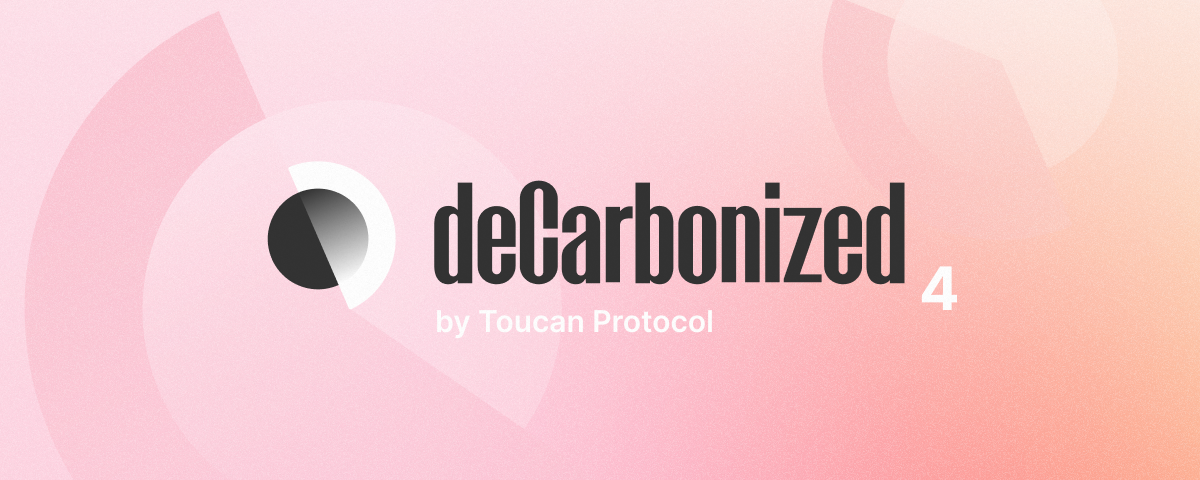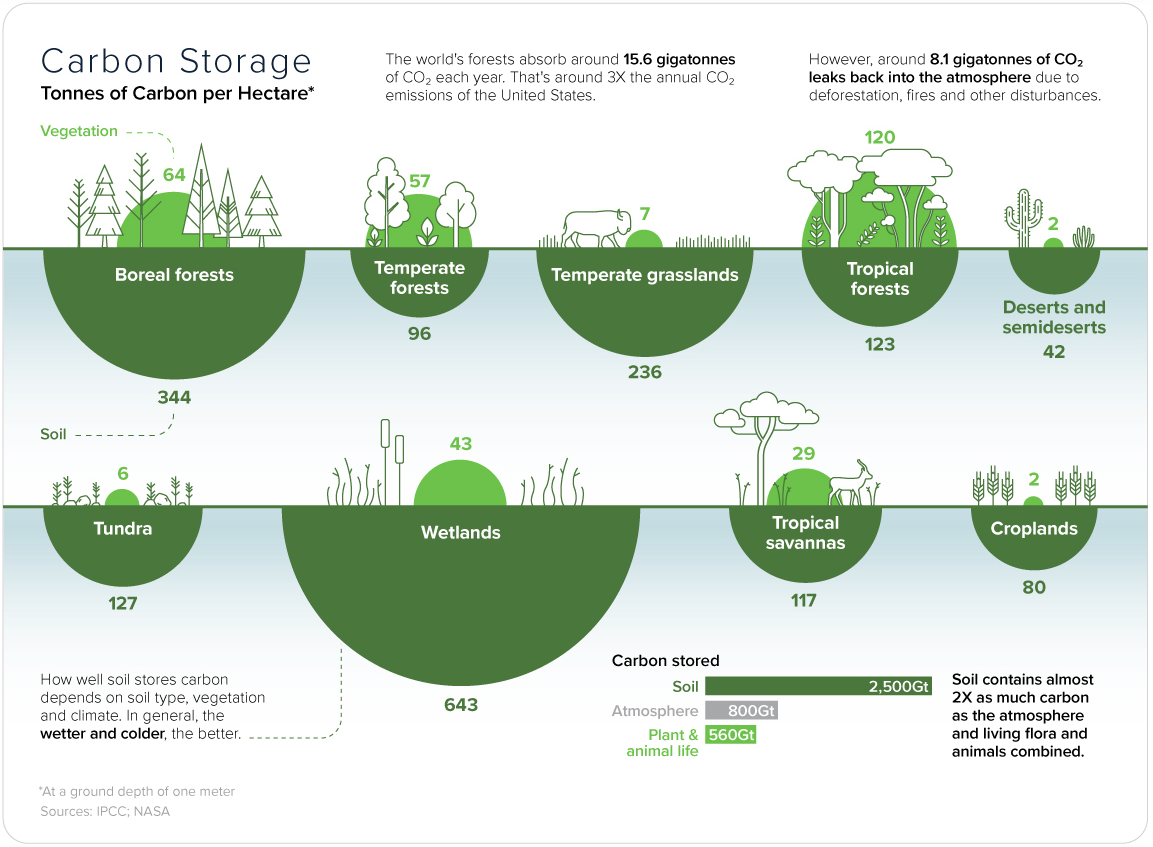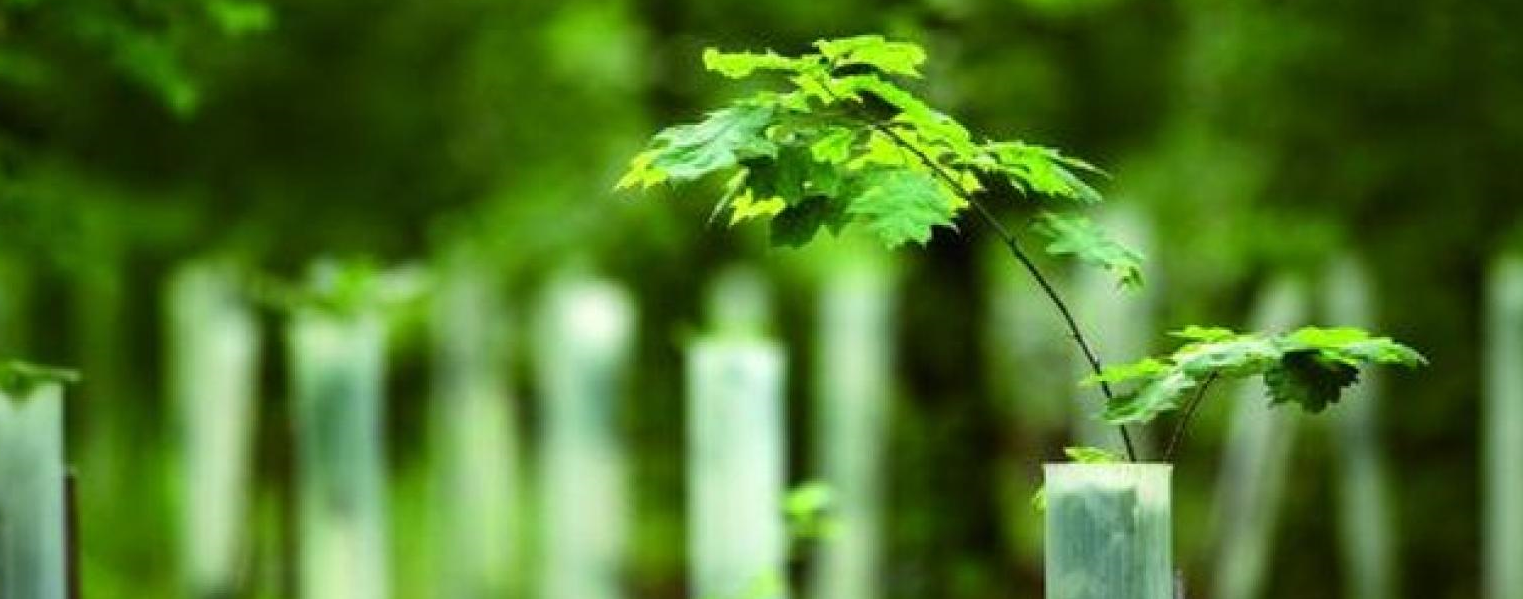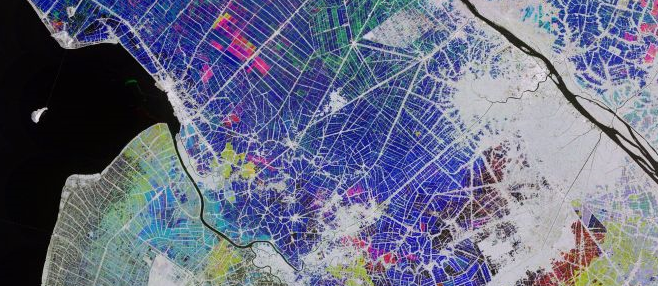deCarbonized #4: Soil carbon sequestration, Launch of Nature Carbon Tonne, Verra project data
Borneo’s $80bn carbon deal stokes controversy, digital MRV needed to scale soil carbon sequestration and Nature Carbon Tonne launch...

Psst... help improve next week's edition by taking our short survey ✨
⛓ On-chain weekly carbon stats
Toucan Protocol is building carbon market infrastructure to finance the world's best climate crisis solutions. These are our on-chain stats from 03.02- 09.02:
- Volume bridged - 670745 tonnes
- Volume traded - $16,558,951
- Volume retired - 31.279 tonnes

📢 Top news
- Controversial $80 billion Malaysian forestry deal in doubt after critical investigation
- Pioneering tech company GuildOne announces collaboration on digital natural assets with Project Forest
- The buzz around carbon removal is drawing jobseekers in droves
- Seaweed enters the world of carbon offsetting

🌟 Featured Carbon Removal Solution
Soil carbon sequestration
What is soil carbon sequestration?
Carbon can be removed from the environment by changing land management practices to increase the carbon content of soil.
As demonstrated in the diagram below, soil plays a huge role in terrestrial carbon storage, holding twice as much as flora and fauna combined.
Over the past 12,000 years, land use change has resulted in the loss of some 133 giga tonnes of carbon from our soils. Soil carbon sequestration approaches seek to reverse this trend and rebuild carbon stocks on managed lands.

Many sequestration efforts are focused on agricultural soils, which are depleted in carbon relative to the native ecosystems from which they came.
There are many agricultural management practices that can promote soil carbon sequestration, including:
- No-till ploughing
- Planting cover crops
- Compost application
- Agroforestry practices (which also improve surface biomass)
The goal of these approaches is to increase and maintain carbon stocks in the form of soil organic matter. As organic matter is prone to decomposition it is essential that long term practices are developed.
A key challenge for soil projects is additionality. As many efforts involve changes to existing practices, it is very difficult to accurately account for the potential carbon removal benefit. There is also risk related to indirect carbon leakage due to pressure placed on other agricultural land in the region.
Sequestering soil organic carbon however can be an efficient and stable means of carbon removal - lasting up to 1000 years and less vulnerable to ecosystem disturbances like wildfire and disease than forest biomass.

Despite the risks there are many co-benefits of soil carbon sequestration, including sustainability benefits of improved water quality, ecosystem restoration, biodiversity preservation, job creation and increased food security.
Potential removal capacity
The potential rate of sequestration using current technology is around 3 giga tonnes of CO2 a year globally, costing around $50 a tonne.
Studies estimate that carbon prices between $20 and $100 could drive between 1.5 and 2.6 giga tonnes of this removal potential per year by 2050.
Emerging technologies (such as modified crops with larger, deeper root systems) could increase soil carbon removal potential to as high as 8 giga tonnes of CO2 a year globally.
Barriers to accelerating the uptake of soil carbon solutions include:
- Lack of education and support for farmers
- Limited demonstration projects to learn from
- Lack of supporting policy and financial incentives
- Lack of demonstrated monitoring and verification methods
More on soil sequestration can be found in the CDR Primer.

✨ Innovative soil carbon sequestration projects
- Aigen regenerate soil using solar powered robots that either remove or propagate the plants they encounter
- The Harnessing Plants Initiative is developing crops that can store more carbon in the ground for longer
- Ancient Nutrition is entering into a scientific research partnership with Rodale Institute, dedicating 1% of annual revenue towards a 14-year project to study regenerative agriculture

💵 Successful implementation
Mars Petcare has operated a pet food processing facility in Bathurst, Australia for over 40 years.
As part of their sustainability initiative, they are working with wheat suppliers to pilot approaches to reducing farm-level emissions while improving soil health.
Project partners plan to recruit 200 farmers over approximately 700,000 hectares to adopt practices including reduced fertilizer use, controlled traffic farming, using cover crops and applying brown manures.

These practices should yield multiple benefits for both farmers and the environment, such as improved soil health, greater resilience to weather shocks, higher yields and reduced CO2 emissions.
By May 2020, it was estimated that Mars will have reduced GHG emissions by 612 tonnes, sequestering 3,20 tonnes compared to a 2017 baseline.
Full implementation across the 700,000 hectares is calculated to result in 30,000 tonnes of CO2 reduced and 145,000 tonnes of CO2 sequestered.
Research, support and funding is growing for similar farmer-led projects around the world.
You can check out the full Gold Standard case study here.

💡 Carbon facts
Verra Registry
Here are some great facts from the 23 different carbon credit project categories on the Verra Registry...
- Agriculture, Forestry and Land Use credits represent the most plentiful credits, with 216,294,295 currently available
- Energy Industries credits have the highest number of retirements at 211,081,846, representing 55% of the total volume traded
- The third largest credit by volume traded is Waste Handling and Disposal at 16,093,647, with a retirement rate of 66%
Find more on these stats, the Verra Registry and Toucan BCT pool is available here, courtesy of our friend and contributor Rez.

💼 Jobs board
- Content Specialist (Energy), FlexiDAO - Barcelona, Spain
- Senior Sustainability and Product Carbon Footprint Expert, Yook - Hamburg, Germany
- Product Manager, Supply, Nori - Seattle, US
- Senior Carbon Manager, PUR Project - Paris, France
- Embodied Carbon Expert and Business developer, One Click LCA - US remote
🔎 Research in focus
Digital MRV key to scaling soil carbon sequestration projects

A recent report by CGIAR and unique land use explores the need for digital measurement, reporting, and verification (MRV) to support high quality, verifiable soil carbon projects.
At present, transparent and comparable methods for MRV of changes in soil organic carbon stocks is lacking, preventing large-scale sequestration projects from taking off. Developing innovative, digital approaches to MRV is identified as essential to filling this void.

Remote sensing techniques and soil databases are likely to play a key role in improving access to quality data, reducing costs and improving accuracy in estimating soil carbon changes.
Remote sensing applications are likely to include:
- Tracking land management techniques
- Tracking vegetation productivity to estimate potential changes in soil carbon
- Developing a soil carbon sampling strategy by stratifying the landscape
- Optimizing the number of soil samples needed to assess soil carbon changes
Additionally, the use of soil probes, portable analyzers and artificial intelligence have the potential to lower costs and increase the speed of direct soil carbon measurements.
Using these approaches to collect high quality, accurate data will enable projects to engage in carbon markets.

Alongside the need for digital MRV, the report presents a set of principles to ensure that soil carbon sequestration projects are as effective as possible:
- Base the system on existing institutional structures to provide accountability
- Align the system with farmers’ interests through a bottom-up approach
- Ensure the climate benefits are real and accurately quantified
- Include provision for quality control and quality assurance
- Ensure that the approach is cost effective and matched to local capabilities
Check out the full report with detailed case studies here.
🌍Hot on blockchain
Toucan Protocol launches the Nature Carbon Tonne (NCT)

Toucan Protocol have developed a new Carbon Offset Pool that only accepts credits created with nature-based methodologies from vintages of 2012 onwards. The Nature Carbon Tonne (NCT) represents the first open, pooled nature-based token.
NCT is the second carbon pool and liquid carbon reference token to be launched on the Toucan Protocol, with the first Base Carbon Tonne (BCT) pool accepting all carbon credits regardless of the methodology (solar, wind etc...).
NCT can be used to offset the carbon footprint of organisations and individuals; as a building block in web3 projects; and be bought and traded by investors wanting to gain exposure to the carbon market.
You can check out the launch post here.

❓ How are we doing?
We want to make deCarbonized the best possible arrival in your inbox! Tell us what’s working for you and what else you’d like to see:
Take the short 8-question survey
Thank you for your feedback 🙏
Thank you for reading deCarbonized! 👏
Reach out to us on social and join the community:
Toucan is building the technology to bring the world's supply of carbon credits onto energy-efficient blockchains and turn them into tokens that anyone can use. This paves the way for a more efficient and scalable global carbon market.
Many thanks to Anna and Emilio for bringing this newsletter to life! 🙏🏼

